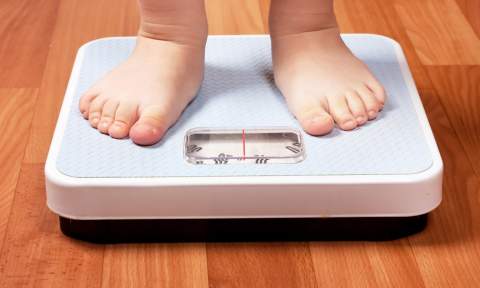Are Food-Stamp Diets Making Kids Fat?
 This is what El Futuro looks like in the Rio Grande Valley: The country’s hungriest region is also its most overweight, with 38.5 percent of the people obese. For one of the first times anywhere in the United States, children in South Texas have a projected life span that is a few years shorter than that of their parents.
This is what El Futuro looks like in the Rio Grande Valley: The country’s hungriest region is also its most overweight, with 38.5 percent of the people obese. For one of the first times anywhere in the United States, children in South Texas have a projected life span that is a few years shorter than that of their parents.
It is a crisis at the heart of the Washington debate over food stamps, which now help support nearly 1 in 7 Americans. Has the massive growth of a government feeding program solved a problem, or created one? Is it enough for the government to help people buy food, or should it go further by also telling them what to eat?
Source: The Washington Post.


Makes sense. The worst food health-wise is usually the cheapest.
The question is: Is this the best outcome or should we be doing something different? Yes, kids are fat, but is starving better? Maybe we should focus on pulling people out of being poor rather than possibly taking their food away.
Asking America to change how it functions for the good of the poor is like asking the moon to actually be made of cheese. There is no serious preferential option for the poor in America.
The worst food health-wise is usually the cheapest.
Like carrots, greens, watermelon, greens, citrus fruits, beets all real killers.
When people say, that I think do they mean by volume or by weight surely they cannot mean that it is cheaper per calorie as that would self defeating.
I forgot one of my favorites, bananas.
Some people will say the cheapest food per calorie is fattening. Hahaha.
If the present course keeps up then the Rio Grande Valley will be known as the Valle Rio Bravo.
I think Grande fits pretty well.
Especially if all the fat people go swimming in it. Then we’ll have to issue flood warnings.
More FEMA funding?
Land whales…land whales everywhere
“He had waited in line at the area’s ubiquitous drive-through convenience stores and watched people use their government Lone Star cards to purchase some of South Texas’s most popular snacks, paying $1 for hot Cheetos smothered with cheese or $2 for a Mexican snow cone covered with gummy bears and chili powder.”
Most popular snacks?!
Hmmmm. My favorite.
How can we expect poor people to work if they aren’t rewarded with junkfood?
We do preach incentives…
This just in: Does healthy food make you lazy? Maybe.
“Research showed that every $1 spent on nutrition education saved the government $10 in future health-care costs.”
If the kids are hungry, they’re going to eat. Nutritious diets can be attained cheaply. Items such as oatmeal, chicken, and rice can be bought quick and easily. The stamp program has become a slave to the snack industry, and it shows. An alternative would be assembling food baskets that are collected once every two weeks. Then the government could do away with the stamp program, and provide the assistance that they deem is needed without telling people what to buy with their stamps.
The immediate problem with that is greatly increased overhead costs.
What research do have a link?
Amazing. People throughout history and most other places in the world would never believe this to be true: the poorest are also the fattest.
They’d be laughing at us for a variety of reasons.
For one of the first times anywhere in the United States, children in South Texas have a projected life span that is a few years shorter than that of their parents.
I would net money against that. Obesity does not have much effect on health until the person is really super obese.